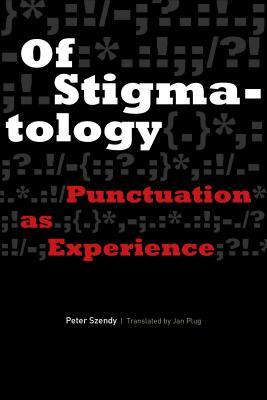


Books in series

#8
The Ethnography of Rhythm
Orality and Its Technologies
2016
Winner of the Modern Language Association's Aldo and Jeanne Scaglione Prize for Comparative Literary Studies
Who speaks? The author as producer, the contingency of the text, intertextuality, the "device"—core ideas of modern literary theory—were all pioneered in the shadow of oral literature. Authorless, loosely dated, and variable, oral texts have always posed a challenge to critical interpretation. When it began to be thought that culturally significant texts—starting with Homer and the Bible—had emerged from an oral tradition, assumptions on how to read these texts were greatly perturbed. Through readings that range from ancient Greece, Rome, and China to the Cold War imaginary, The Ethnography of Rhythm situates the study of oral traditions in the contentious space of nineteenth- and twentieth-century thinking about language, mind, and culture. It also demonstrates the role of technologies in framing this category of poetic creation. By making possible a new understanding of Maussian "techniques of the body" as belonging to the domain of Derridean "arche-writing," Haun Saussy shows how oral tradition is a means of inscription in its own right, rather than an antecedent made obsolete by the written word or other media and data-storage devices.

#9
The Poetics of Ruins in Renaissance Literature
2017
The Renaissance was the Ruin-naissance, the birth of the ruin as a distinct category of cultural discourse, one that inspired voluminous poetic production. For humanists, the ruin became the material sign that marked the rupture between themselves and classical antiquity. In the first full-length book to document this cultural phenomenon, Andrew Hui explains how the invention of the ruin propelled poets into creating works that were self-aware of their absorption of the past as well as their own survival in the future.

#10
Of Stigmatology
Punctuation as Experience
2018
What if our existence is a product of its interruptions? What if the words that structure our lives are themselves governed by the periods and commas that bring them to a close, or our images by the cinematic cuts that mark them off? Are we, like Chekhov's clerk, who dreams of being pursued by angry exclamation marks, or Scorsese's Jake LaMotta, bloodied by one violently edited fight after another, the products of punctuation―or as Peter Szendy asks us to think of it, punchuation ?
Of Stigmatology elaborates for the first time a general theory of punctuation. Beginning with punctuation marks in the common sense, Peter Szendy goes on to trace the effects of punctuation more broadly, arguing that looking and hearing are not passive acts of reception, but themselves punctuate the images and sounds they take in. Szendy reads an astonishing range of texts and traditions, from medical auscultation to literature (Chekhov, Sterne, Kafka), philosophy (Hegel, Nietzsche, Heidegger, Derrida), psychoanalysis (Lacan), and film (Raging Bull, The Trial, Fight Club).
Repeatedly, what Szendy finds in these works is a punctuation that marks experience itself, that seeks (and ultimately fails) to bind the subject to itself. This is the stigmatology of the punctuation mark on the page that structures texts from ancient to digital, as well as the punchuation of experience, as though at the hands of a boxer.

#11
Critical Rhythm
The Poetics of a Literary Life Form
2019
Rhythm constitutes an untapped resource for understanding poetry, making legible a range of ways poetry affects us that cannot be parsed through the traditional resources of poetic theory.
Rhythm has rich but also problematic roots in nineteenth-century notions of primitive, oral, communal, and sometimes racialized poetics. But there are reasons to understand and even embrace its seductions, including its resistance to lyrical voice and even identity. Pressing beyond poetry handbooks' isolated descriptions of technique, the book asks what it means to think rhythm.

#12
Dictionary Poetics
Toward a Radical Lexicography
2020
The new ways of writing pioneered by the literary avant-garde invite new ways of reading commensurate with their modes of composition. Dictionary Poetics examines one of those modes: book-length poems, from Louis Zukofsky to Harryette Mullen, all structured by particular editions of specific dictionaries. By reading these poems in tandem with their source texts, Dworkin puts paid to the notion that even the most abstract and fragmentary avant-garde literature is nonsensical, meaningless, or impenetrable. When read from the right perspective, passages that at first appear to be discontinuous, irrational, or hopelessly cryptic suddenly appear logically consistent, rationally structured, and thematically coherent.
Following a methodology of "critical description," Dictionary Poetics maps the material surfaces of poems, tracing the networks of signifiers that undergird the more familiar representational schemes with which conventional readings have been traditionally concerned. In the process, this book demonstrates that new ways of reading can yield significant interpretive payoffs, open otherwise unavailable critical insights into the formal and semantic structures of a composition, and transform our understanding of literary texts at their most fundamental levels.
Authors
Peter Szendy
Author · 5 books
Peter Szendy is a French philosopher and musicologist. He is the David Herlihy Professor of Humanities and Comparative Literature at Brown University. His Écoute, une histoire de nos oreilles is a critique of Romantic and Modernist conceptions of listening.
